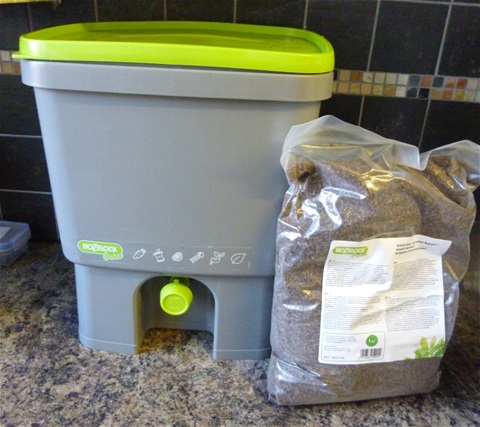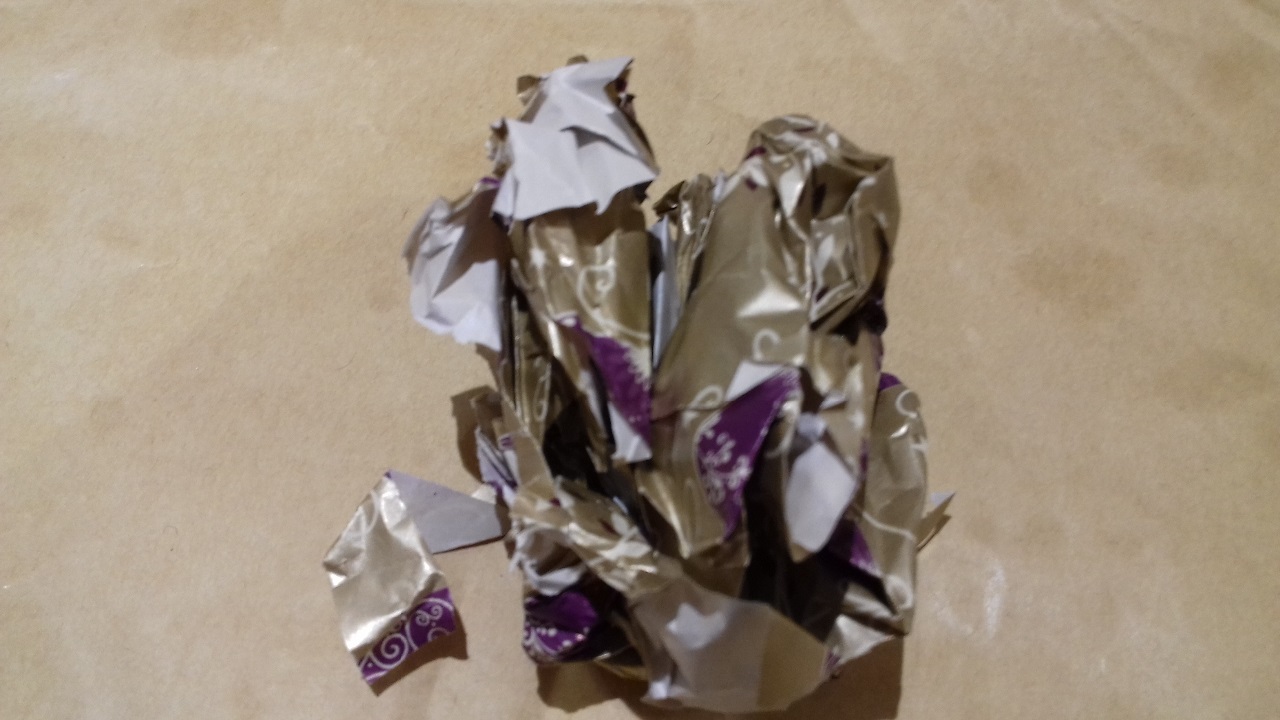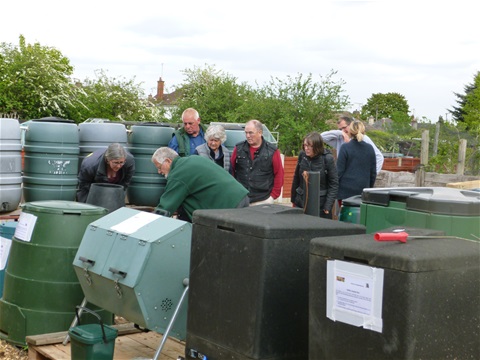We can all minimise our Christmas carbon footprint by not wasting food (See separate post below) and by reducing and recycling other Christmas waste.
Baubles
Glass and plastic baubles are not usually recyclable. Glass baubles should be wrapped up and placed in a general waste. Most Plastic baubles are not recyclable (check the label), will have to go to landfill. If
plastic or glass baubles are in good condition, they are best to donated to a local charity shop.
Batteries Used batteries should be taken to a collection points, at the
recycling depot or some electrical shops.
Cardboard is compostable, with corrugated boxes being a particularly excellent source of carbon rich “browns” they should
be torn or cut into smallish pieces and scrunched up when added to the bin. If the cardboard is being sent to be recycled flatten boxes to save space and keep them dry if they get wet and go mouldy, they cannot be recycled. Plastic film and sticky tape
should be removed from paper and card packaging before recycling.
Christmas cards Buy cards that are Forest Stewardship Council certified. This ensures the paper used has been sustainably and
ethically produced. When Christmas is over cards should be reused or recycled. Reusing There are many crafting activities using cards for children interested in reducing waste e.g. As gift tags. paper chains or cut out the images
to make cards for next year.
Card recycling. As a composter the first choice should be composting or a charity collection but for other cards can be put into recycling bins in the
local a supermarket or car park, local household recycling centre. If the card looks as if it is metallic or contains plastic or laminated materials do a scrunch test. The initial test as to whether a card can be recycled is the scrunch test. If it does
not stay scrunched the card cannot be composted or recycled.
Some cards will have glitter added this should be sent to landfill. Unfortunately, most glitter cannot be processed in recycling plants as it clogs
up the equipment, but the backs of paper Christmas cards without a coating or glitter can be composted or added to the L.A. bag or box recycling collection (see Glitter below).
Christmas cards
are also recycled by councils via the paper recycling bin. However, if, as mentioned above ,they have foil or glitter on them they should be sent to landfill. The volume of waste wrapping can be reduced by giving presents in bags that can
be reused next year and save on paper and waste. Paper cards can be cut up to make gift tags for next year.
Christmas trees can be composted but it is advisable to shred them
first to increase the surface area exposed to the composting microbes and speed decomposition. If a shredder is not available branches can be cut into small “thumb” size pieces, but these will be slow to compost, and it is easier donate
the tree to the Local Authority to be shredded into chippings which are then used locally in parks. Local authorities often arrange drop-off points or special collections of 'real' trees in early January. Check your local authority website for more information. If
the council does not offer a system for dealing with Christmas trees they can be cut into small pieces and put in the garden waste bin.
Pine needles can be composted or turned to leafmould, but they will be slow to
decompose, and any significant quantities are bested treated separately form deciduous leaves.
Unfortunately, artificial trees, most of which are made from the dreaded plastic face only one possible destination when
their final day arrives: landfill. If you have an artificial tree, the best thing to do is use it as many seasons as possible or donate it to someone else who will.
Corks Natural corks
can be composted but will take a time to break down and might need returning to the bin for a second session when the compost is harvested.
Electronics. Electronic items may not immediately
come to mind as being Christmas waste but so many people get new electronic items at Christmas gifts large numbers of electrical items are disposed of immediately after the festive season. Use any upcycling services in your area if not most recycling centres
will have a separate area for working electrical items. Christmas tree lights are recyclable but need to take to a Waste Electrical and Electronic Equipment (WEEE) recycling centre.
Gift tags etc.
Tags made from card can be cut up and composted having first removed any plastic ties. Plastic or foil tags will not compost.
Glitter Large numbers of Christmas
items are decorated with glitter, including from cards, wrapping paper and decorations. Most of the glitter contains microplastic such as polyethylene terephthalate (PET) and polyvinyl chloride (PVC) do not compost or recycle items containing glitter put into
a sealed container such as a plastic bag that is being binned anyway the landfill collection system and do not buy any next year.
Biodegradable glitter made from a certified compostable film that adheres to the European
(EN13432) and the American (ASTM D6400) standards is available but may require a little effort to find.
Eco glitter is made of a cellulose film mainly derived from eucalyptus trees from sustainably sourced FSC plantations and is designed to break-down
in the sewage system. The product sold in the USA is certified as home compostable. (https://glitterevolution.com/). Details of UK suppliers at https://moralfibres.co.uk/eco-friendly-alternatives-to-glitter/
Paper Chains If you have made paper chains, you cannot recycle them unless they are just plain white paper. Paper chains with prints or colours are not ideal for recycling and are probably
best off in the compost bin.
Paper napkins and party hats from the crackers can be composted.
Ribbons and decorations Ribbons,
bows may be made of natural fibres in which case they can be composted but many will contain foil or plastic and cannot be composted or recycled.
Wood ash from open fires or wood burners can be composted
if mixed with other materials.
Wood Cocktail sticks although small can be added to the composted. To avoid pets trying to eat them and injuring themselves put the sticks into a container
and empty it directly into the kitchen caddy. Holly, ivy and mistletoe can be composted. The holly is best shredded and used to make leafmould separately.
Wrapping paper and boxes Paper
and card are a good source of “browns” and can help create air pockets to the compost bin. Plastic tape should be removed from the wrapping or envelopes as the tape does not breakdown during composting. Some paper and cards willcontain plastic
or laminated materials these cannot be composted or recycled. Scrunch the item up in your hand. If it stays 'scrunched' it can be composted or recycled. Paper can be shredded and used as protective packaging around future gifts, or even use it as a window
and mirrors cleaning “cloth” .
Wreaths Christmas wreaths made from plant materials can be composted after the any glue, plastic and wiring are removed. If leaves have been coated
with glitter discard them to landfill. Most council will accept “clean” Christmas wreaths as garden waste.
New to composting? Practical training sessions will be offered at our Composting Demonstration
site at Stokes Wood Allotments Leicester


